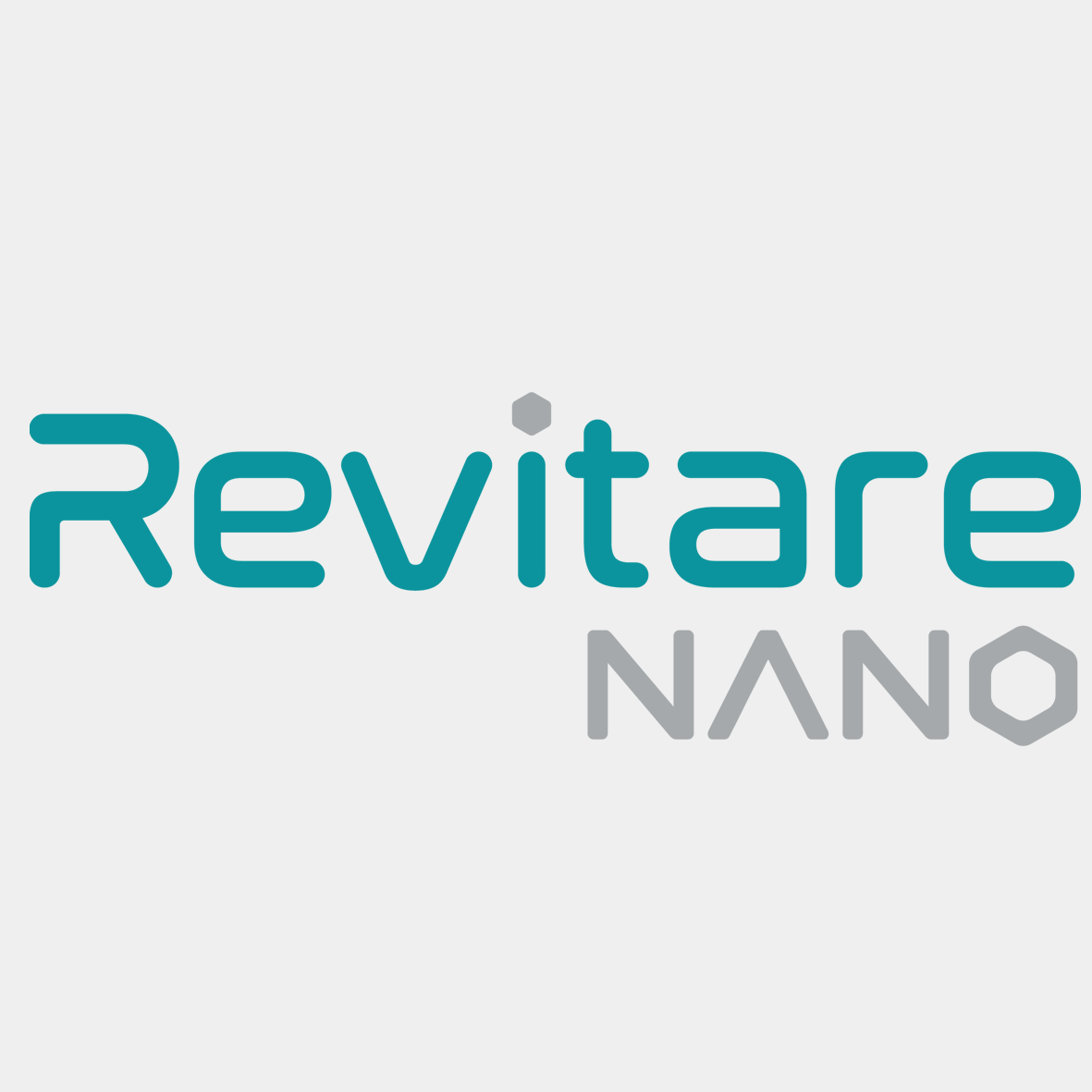When health and economic challenges intersect, healthcare-associated infections emerge as more than just a health problem; they become an economic challenge costing healthcare facilities billions of dollars annually. These costs extend beyond patient care to include health measures taken to combat the spread of infections. The transmission of germs doesn’t solely occur through direct person-to-person contact but can easily spread through frequently touched contaminated objects, such as door handles, curtains, elevators, furniture, and other commonly touched items.
Key principles for preventing infection transmission in healthcare facilities
include emphasizing cleanliness, sterilization, and infection prevention. These principles are essential to achieving a high level of safety and health awareness to maintain the overall public health for patients, visitors, and all healthcare workers. The application of these principles significantly aids in reducing infection transmission within healthcare facilities, improving the quality of healthcare, and includes:
- Continuous handwashing with soap and water.
- Use of hand sanitizers when continuous handwashing is not possible.
- Wearing masks, gloves, and personal protective clothing when necessary.
- Proper disposal of waste.
- Continuous sanitation of surfaces and tools that are regularly touched.
- Use of disinfectants during cleaning to eliminate bacteria and germs.
- Providing vaccines and immunizations for healthcare workers due to their increased susceptibility to infections.
- Offering ongoing educational training for healthcare workers on infection prevention.
- Isolating patients with infectious diseases.
- Regulating visitor visits to avoid crowding and, consequently, infection spread
How scientists unite to achieve significant victories against harmful bacteria:
In an ongoing mission to eradicate microorganisms, medical efforts accelerate, combining medical practices with a language of prevention to create an advanced and safe healthcare experience. Researchers have recently developed textiles coated with antimicrobial substances to prevent the growth of bacteria and disease-causing viruses. Scientific research has shown that patients, visitors, and medical staff frequently touch surfaces in healthcare facilities throughout the day, where various bacteria and viral agents settle. These agents can easily spread between people. While some surfaces are easy to clean, others, like curtains, require more effort.
Researchers at Imba, in collaboration with experts from BASF, Spezialchemie, and the Technical University in Berlin, have innovated effective solutions by using coated fabric textiles that prevent or eliminate infection-causing agents. These textiles are expected to be used in the future as antimicrobial curtains in healthcare facilities. Researchers developed a coating process where an antiseptic containing benzalkonium chloride was evenly applied to hospital curtains. After experimentation, using different concentrations of the substance, monitoring exposure time, processing pressure, and finally drying, the correct rates were achieved, and the coating adhered firmly to the fabrics.
Experiments showed that fabrics coated with benzalkonium chloride effectively reduced germs after just ten minutes. The results indicated the inhibition of Staphylococcus bacteria (a group of bacteria characterized by clusters) growth. According to Imba’s research report, these coated textiles reduced germs in hospitals more significantly by killing them after just ten minutes and eliminating more than 99% of tested viruses.
Sources:



